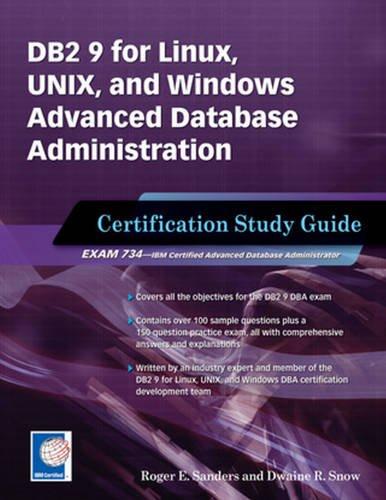Question
language: Scheme Code provided: (define (cubert x) (define (cube y)(* y y y)) (define (good-enough? guess x) ( < (abs (- (cube guess) x)) 0.001))
language: Scheme
Code provided:
(define (cubert x)
(define (cube y)(* y y y))
(define (good-enough? guess x)
(< (abs (- (cube guess) x)) 0.001))
(define (improve x y)
(/ (+ (/ x (* y y))(* 2 y)) 3))
(define (cubert-iter guess x)
(if (good-enough? guess x)
guess
(cubert-iter (improve x guess) x)))
(cubert-iter 1.0 x))
a. Modify the algorithm in order to allow a user-defined procedure for good-enough? to be passed in as an argument and used in the algorithm. The user-defined procedure should be passed into the outer cube-root-finding procedure. E.g. (cbrt my-good-enough1 27). Demonstrate in your test cases that you can calculate the cube root of 27 using differing 'good-enough?' functions that vary the accuracy of the result (you will need to define these various good-enough functions yourself.
b. Using the new-if procedure as shown below. Replace the use of if in cbrt-iter with new-if. Does the new version work? Explain why or why not.
(define (new-if predicate consequent alternate) (cond (predicate consequent) (else alternate)))
Step by Step Solution
There are 3 Steps involved in it
Step: 1

Get Instant Access to Expert-Tailored Solutions
See step-by-step solutions with expert insights and AI powered tools for academic success
Step: 2

Step: 3

Ace Your Homework with AI
Get the answers you need in no time with our AI-driven, step-by-step assistance
Get Started


